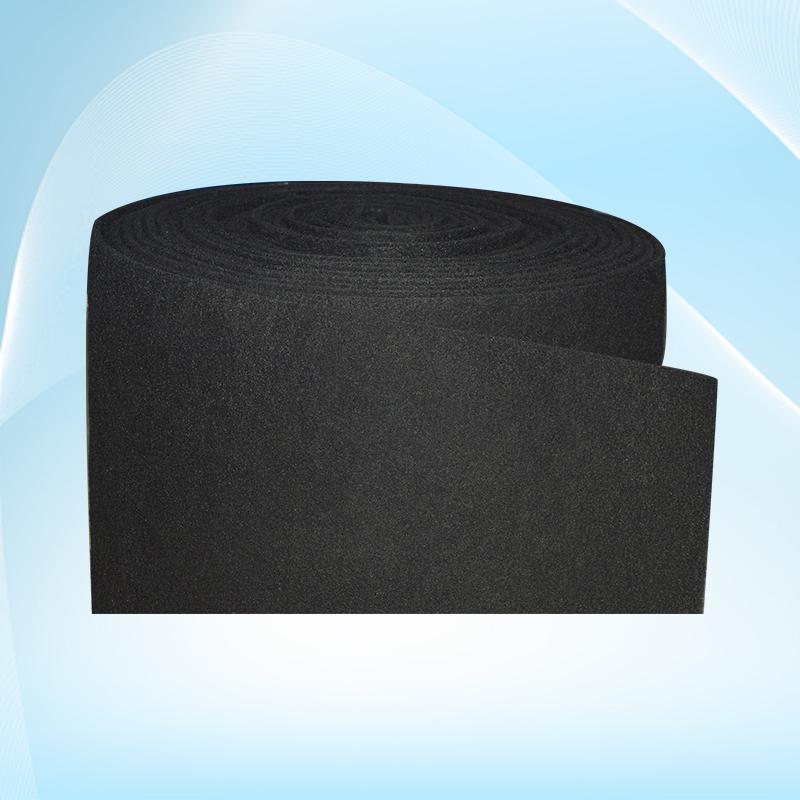
News

The adsorption capacity of columnar activated carbon is affected by factors such as water temperature and water quality. The higher the water temperature, the stronger the adsorption capacity of activated carbon. When the water temperature exceeds 30 ℃, the adsorption capacity reaches its limit and may gradually decrease. Moreover, the unstable pH of water quality can also affect the adsorption capacity of activated carbon. When the water quality is alkaline, the adsorption capacity of activated carbon for cations will weaken; When the water quality is acidic, the adsorption capacity of activated carbon for anions will weaken.
The adsorption capacity of columnar activated carbon is directly proportional to the contact time with water, and the longer the contact time, the better the filtered water quality. The filtered water should slowly flow out of the filter layer. New activated carbon should be cleaned thoroughly before its first use, otherwise black water may flow out. Before installing activated carbon into the filter, a sponge with a thickness of 2 to 3 centimeters should be added to the bottom and top to prevent the infiltration of large particles such as algae. After using activated carbon for 2 to 3 months, if the filtration effect decreases, it should be replaced with new activated carbon, and the sponge layer should also be replaced regularly.
Columnar activated carbon forms a layer of balanced surface concentration on the particle surface, and then adsorbs organic impurities into the activated carbon particles, which has a high adsorption effect in the early stage of use. But over time, the adsorption capacity of activated carbon will weaken to varying degrees, and the adsorption effect will also decrease. If the water in the aquarium is turbid and the organic content is high, activated carbon will quickly lose its filtering function. Therefore, activated carbon should be cleaned or replaced regularly.
The particle size of columnar activated carbon also affects the adsorption capacity. Generally speaking, the smaller the particle size of activated carbon, the larger the filtration area. Powdered activated carbon has a larger total area and better adsorption effect, but it is prone to flow into aquariums with water, making it difficult to control and rarely used. Granular activated carbon is not easy to flow because particles will form in water, and organic matter in water and other impurities in the activated carbon filter layer are not easily blocked. It has strong adsorption capacity and is easy to carry and replace.